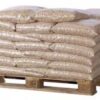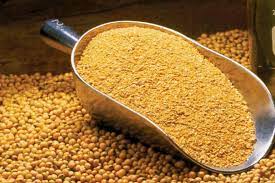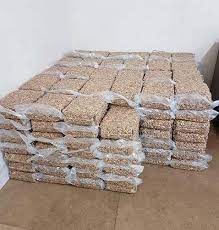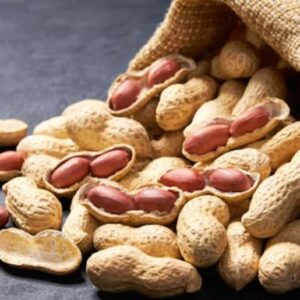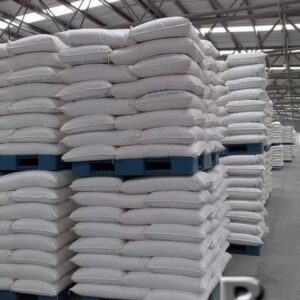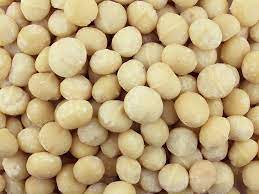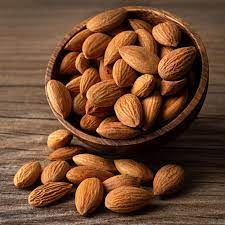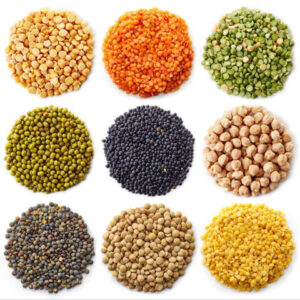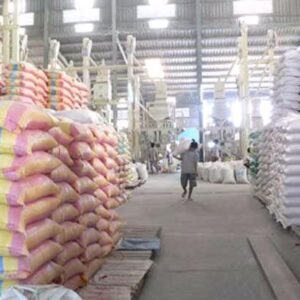A hazelnut cob is roughly spherical to oval, about 15–25 millimetres (5⁄8–1 inch) long and 10–15 mm (3⁄8–5⁄8 in) in diameter, with an outer fibrous husk surrounding a smooth shell, while a filbert is more elongated, being about twice as long as its diameter. The nut falls out of the husk when ripe, about seven to eight months after pollination. The seed is edible and consumed raw, roasted or ground into a paste. The seed has a thin, dark brown skin, which is sometimes removed before cooking.
In 1995, evidence of large-scale Mesolithic nut processing, some 8,000 years old, was found in a midden pit on the island of Colonsay in Scotland. The evidence consists of a large, shallow pit full of the remains of hundreds of thousands of burned hazelnut shells. Hazelnuts have been found on other Mesolithic sites, but rarely in such quantities or concentrated in one pit. The nuts were radiocarbon dated to 7720±110 BP, which calibrates to circa 6000 BC. Similar sites in Britain are known only at Farnham in Surrey and Cass ny Hawin on the Isle of Man.
This discovery gives an insight into communal activity and planning in the period. The nuts were harvested in a single year, and pollen analysis suggests that all of the hazel trees were cut down at the same time.
The scale of the activity and the lack of large game on the island suggest that Colonsay may have contained a community with a largely vegetarian diet for the time they spent on the island. Originally, the pit was on a beach close to the shore and was associated with two smaller, stone-lined pits whose function remains obscure, a hearth and a second cluster of pits.
The traditional method to increase nut production is called brutting, which involves prompting more of the tree energy to go into flower bud production by snapping, but not breaking off, the tips of the new year shoots six or seven leaf groups from where they join with the trunk or branch, at the end of the growing season. The traditional term for an area of cultivated hazelnuts is a plat.


